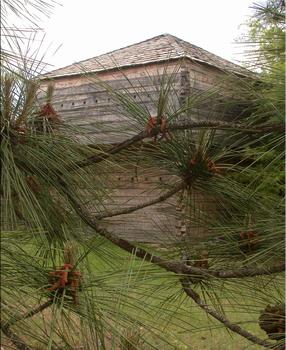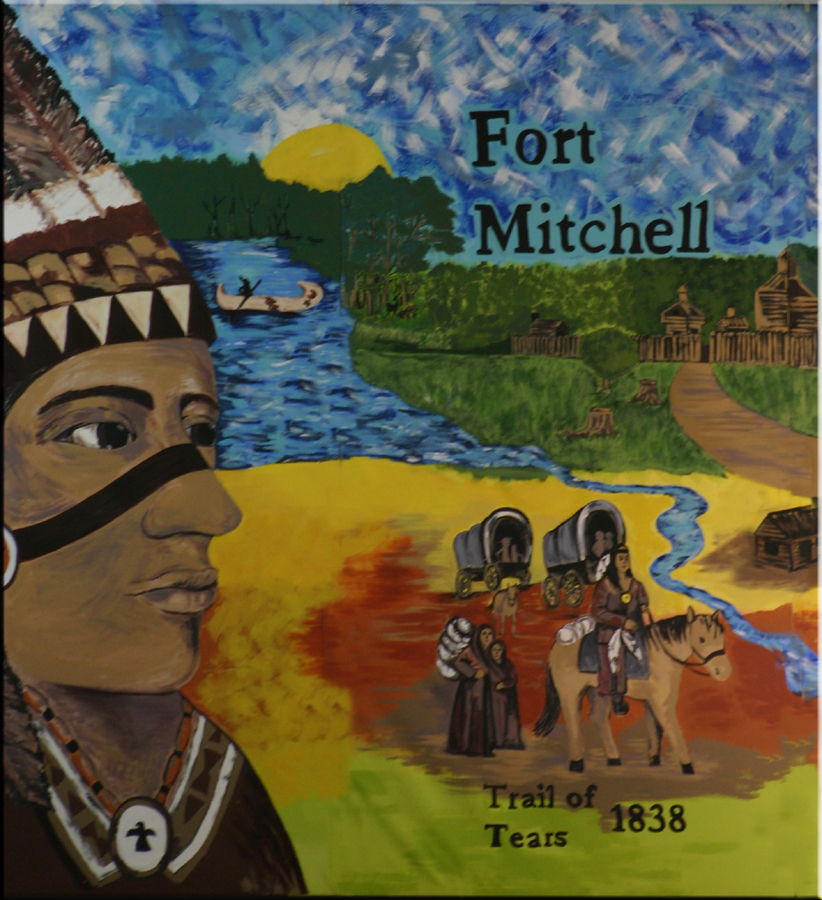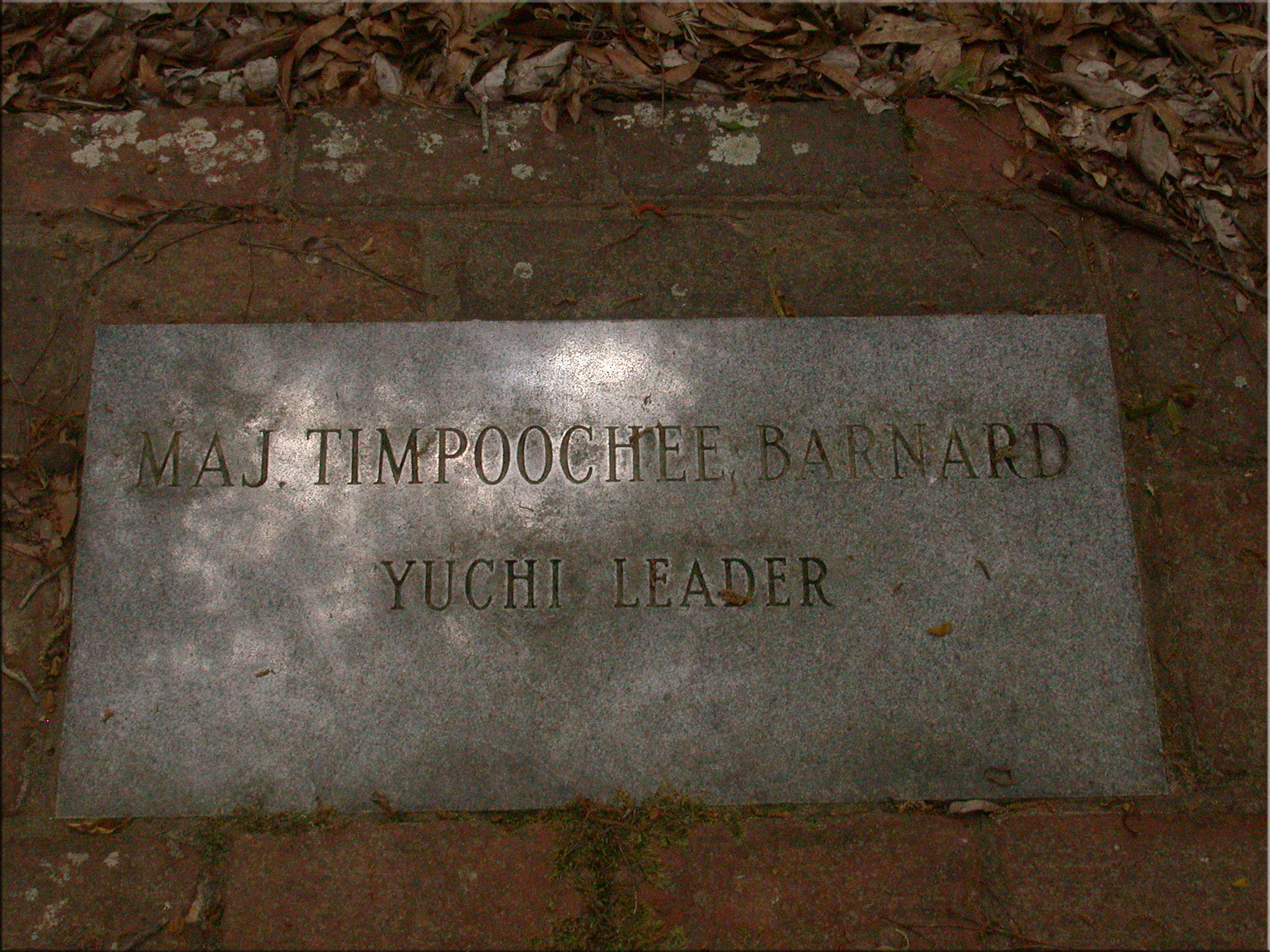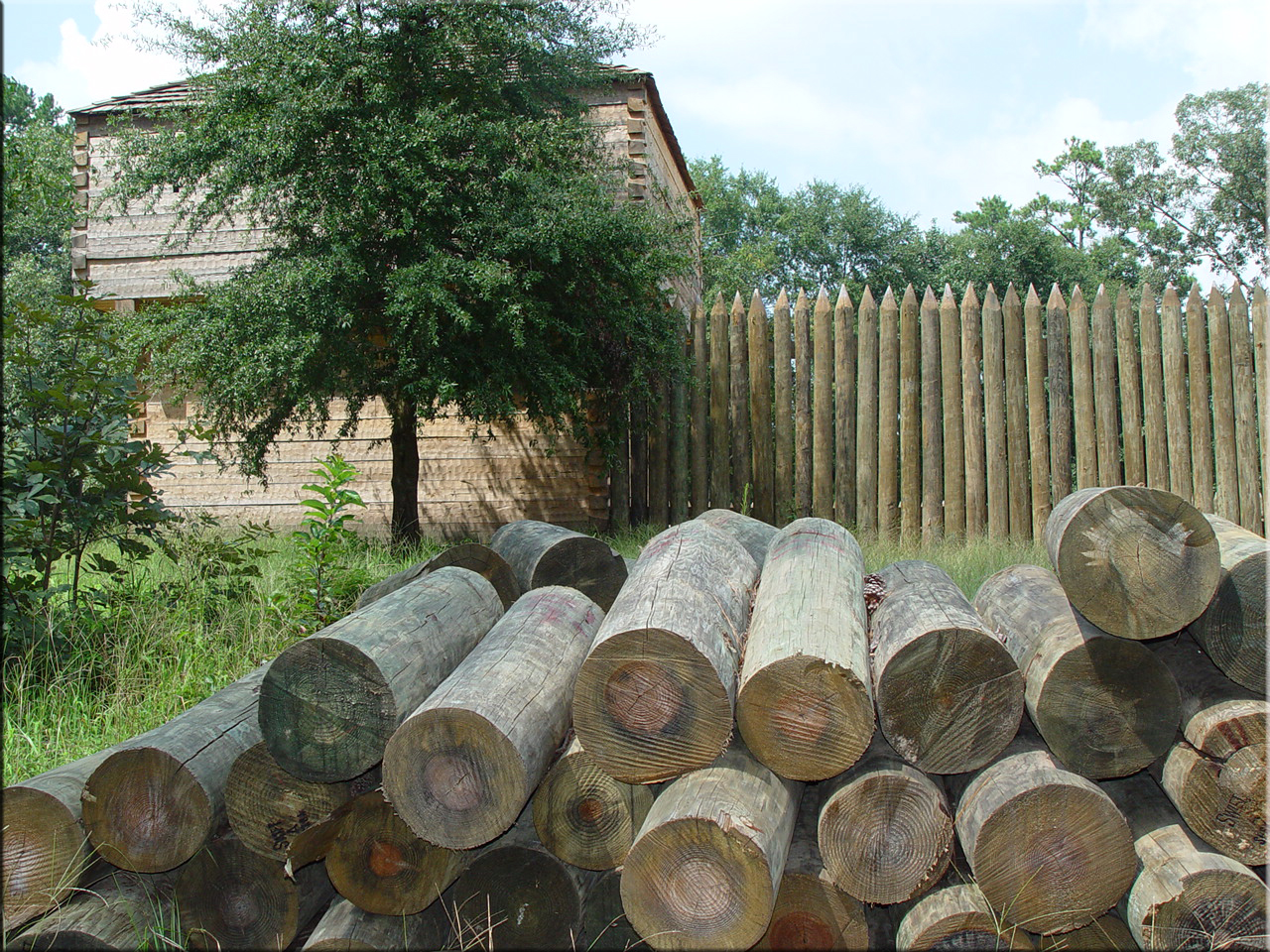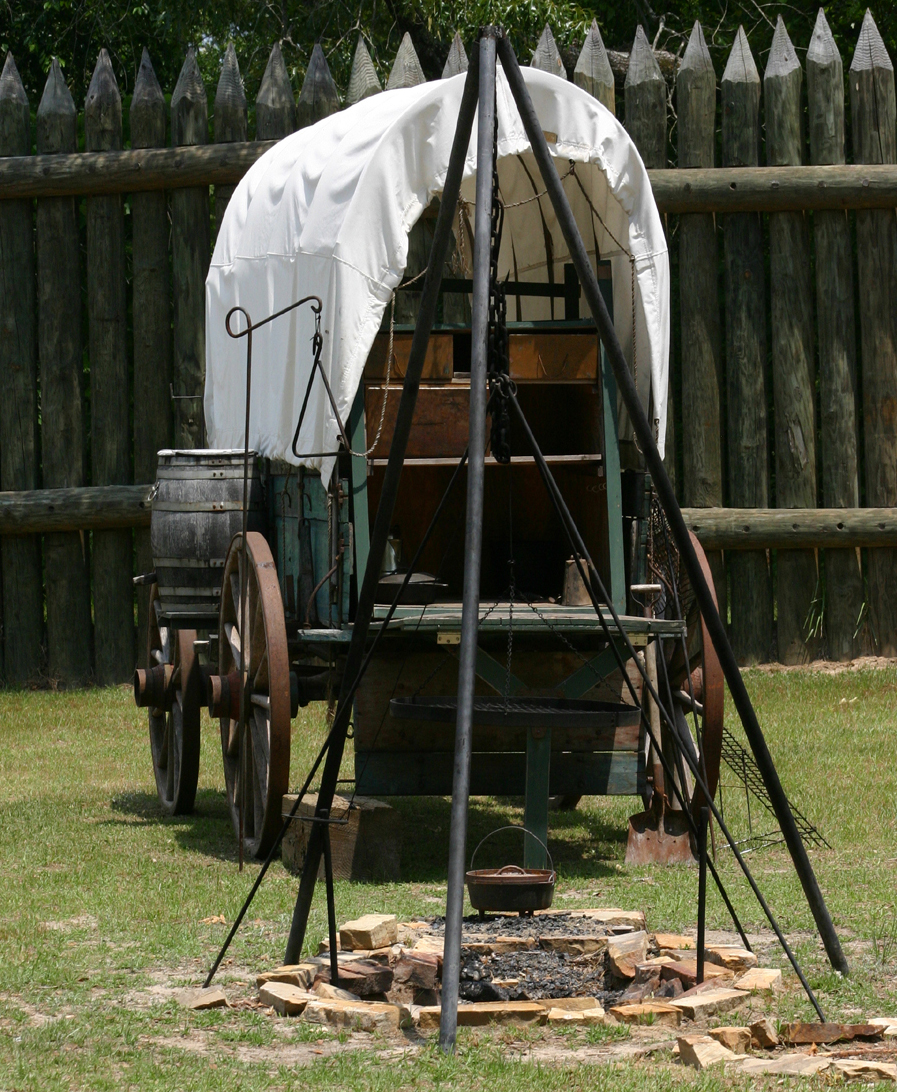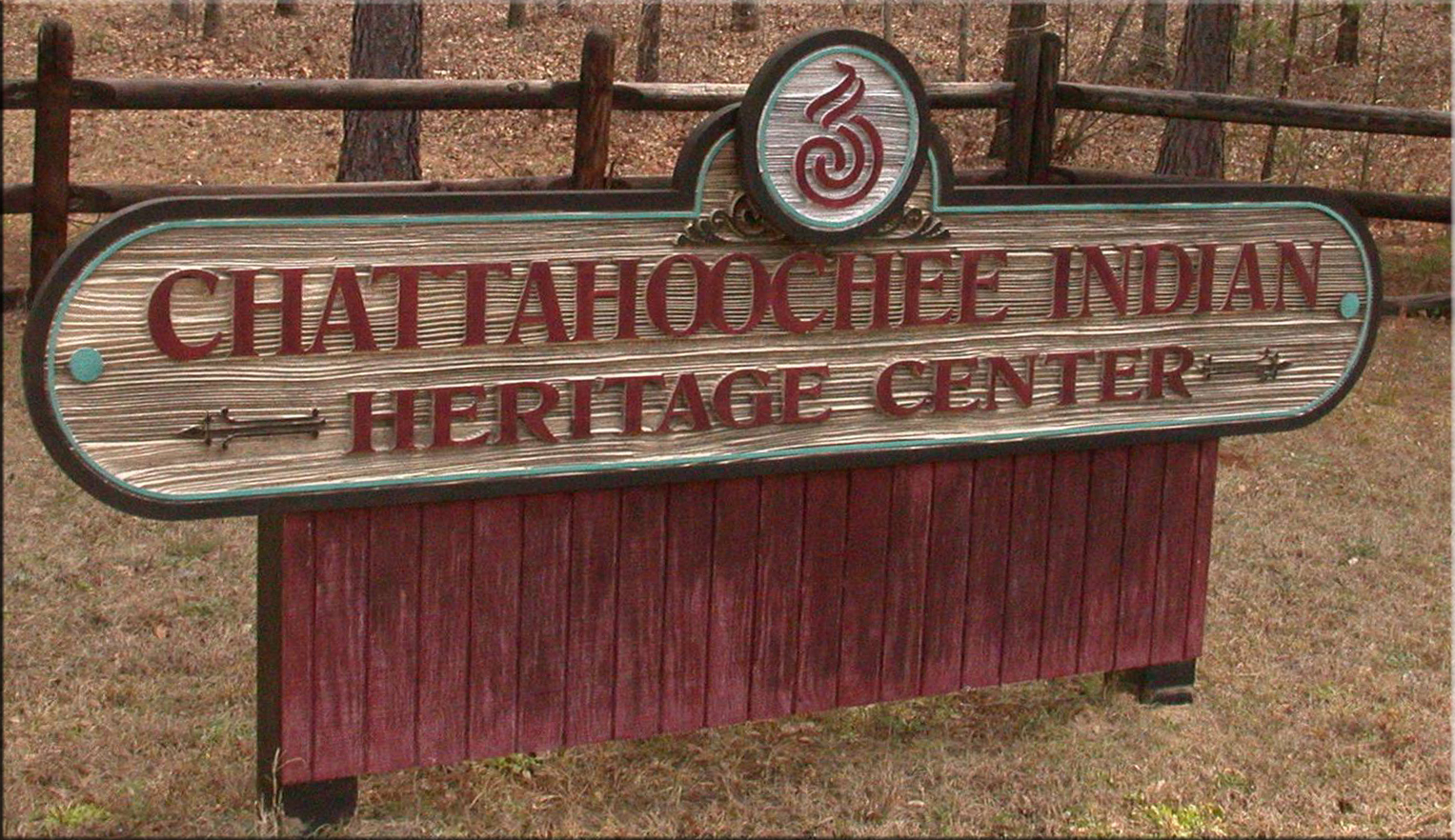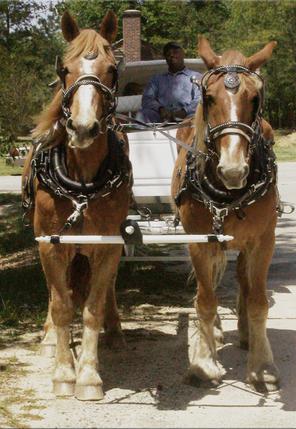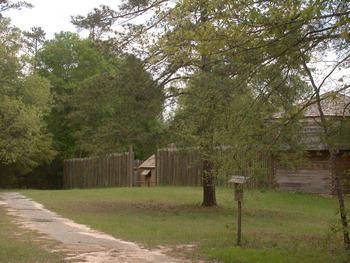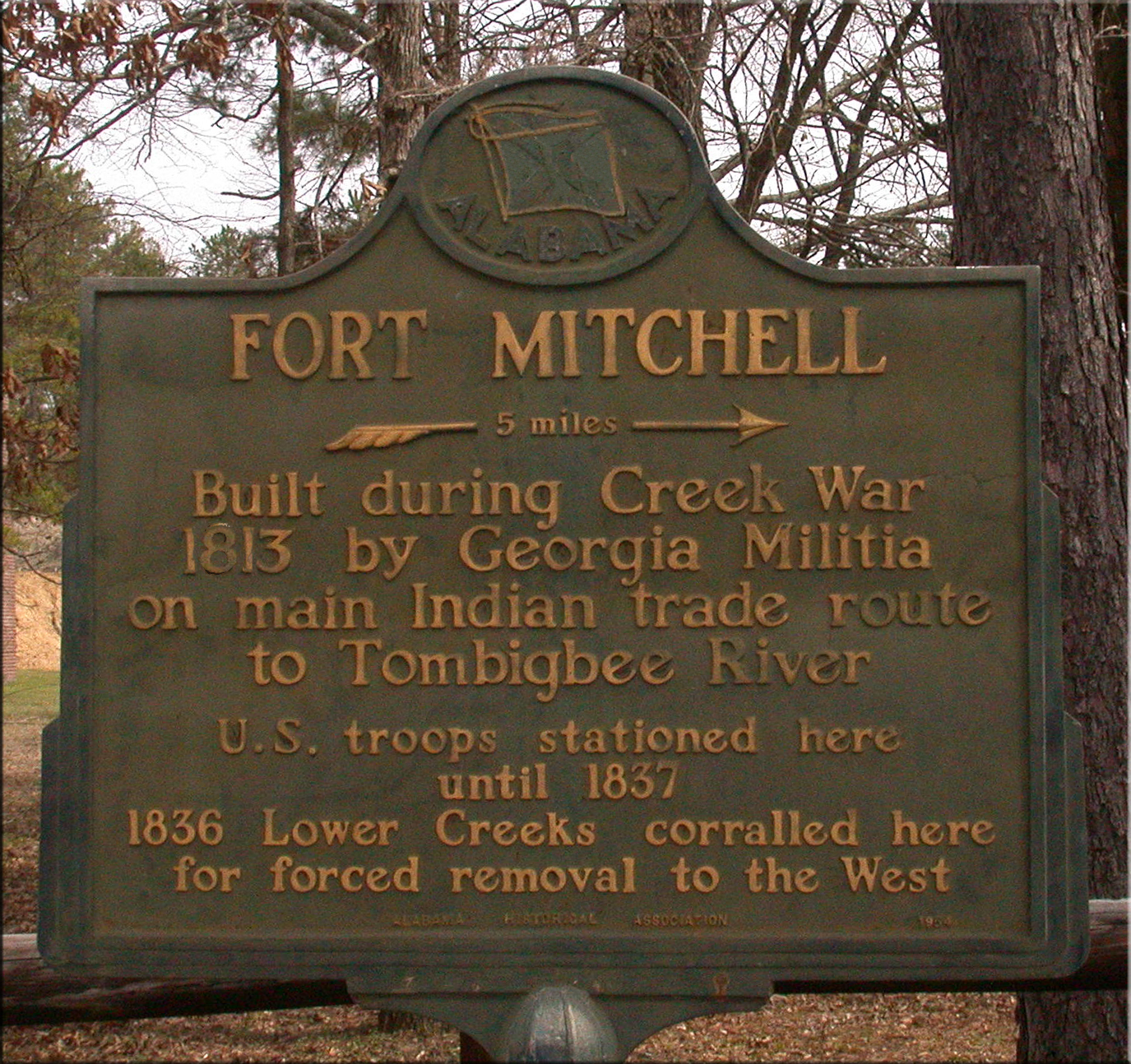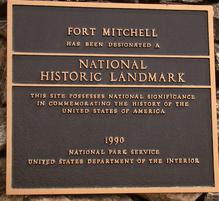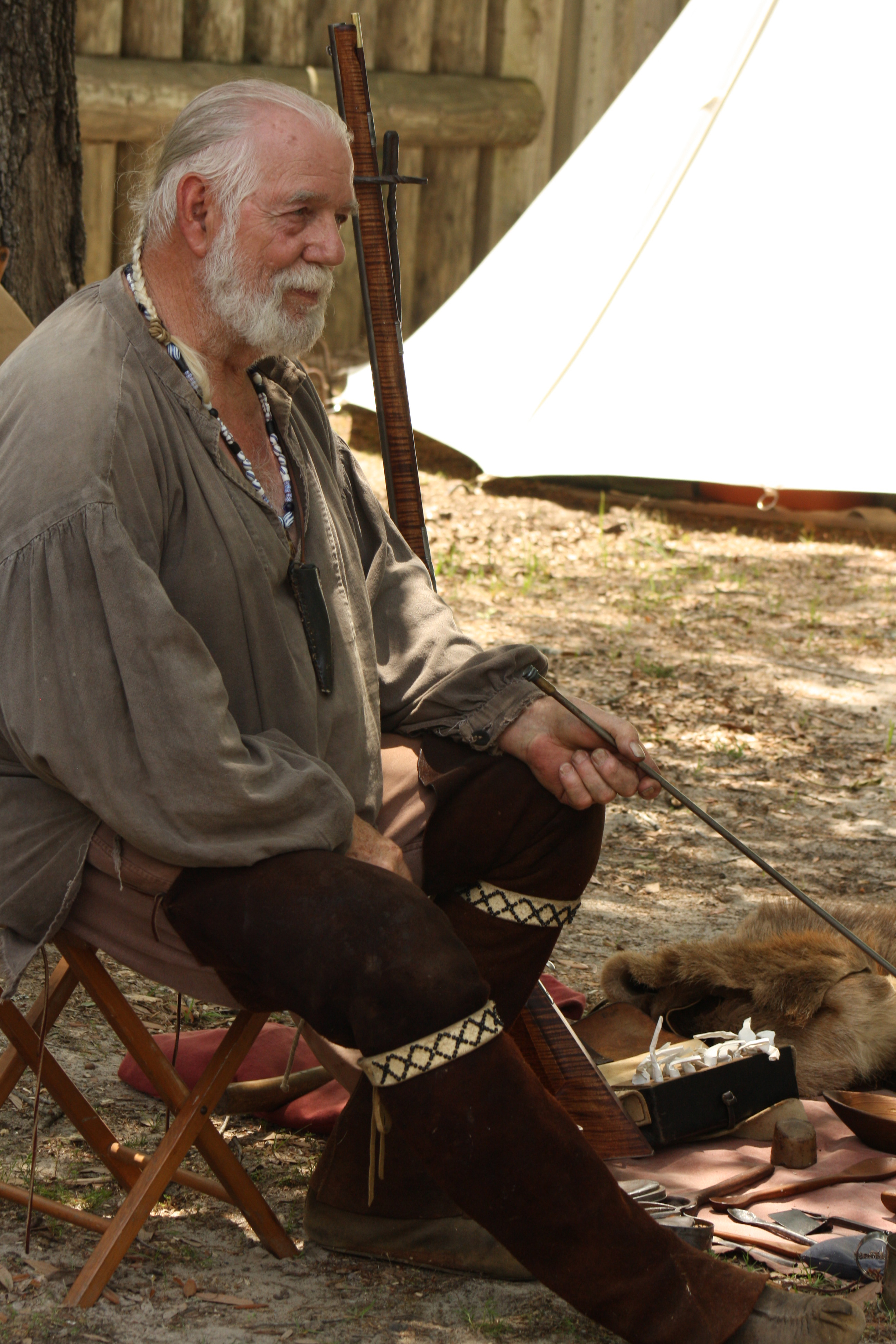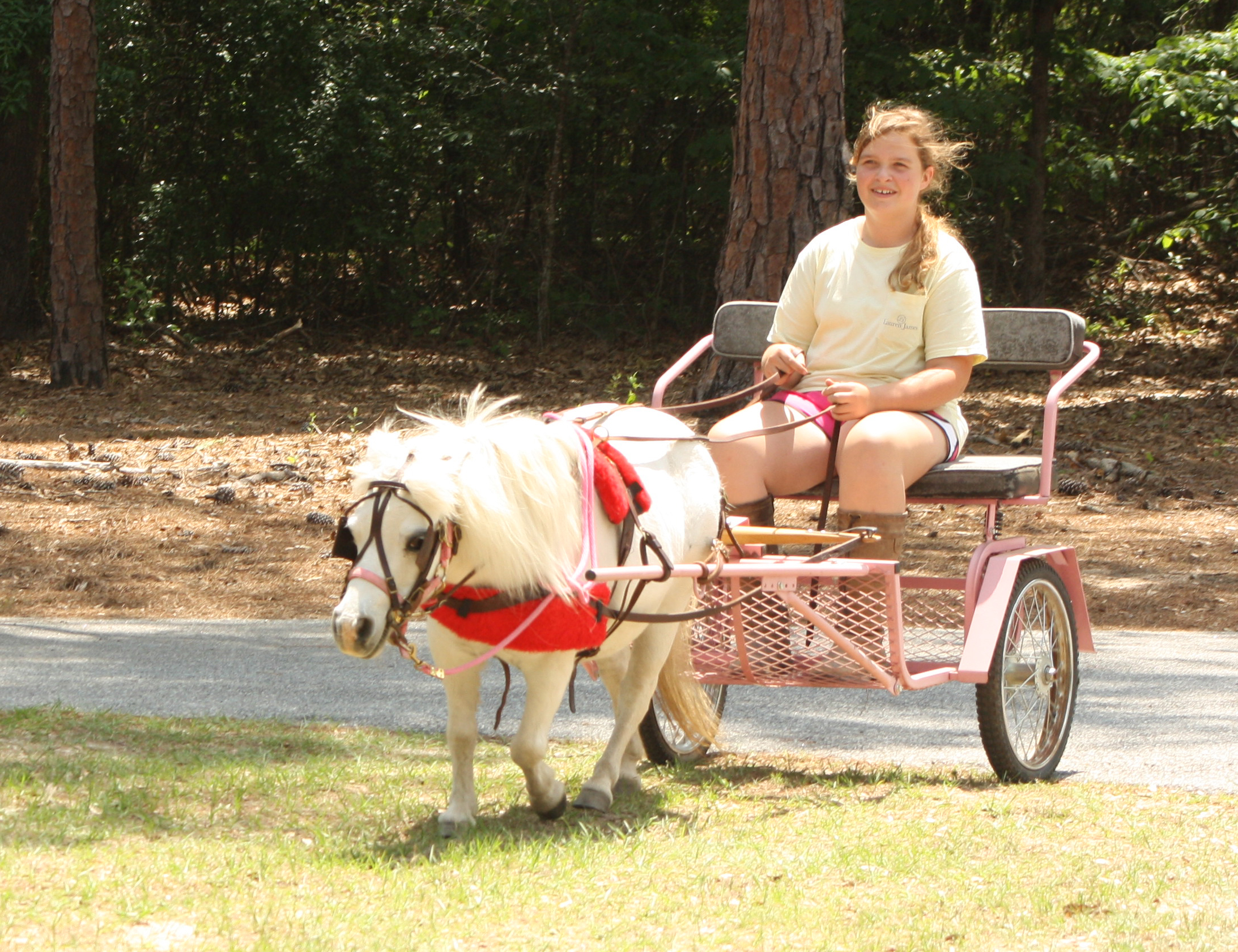Russell County Alabama
Russell County
Historical Commission
The original military post, established as Fort Mitchell in 1813, has been reconstructed on acreage next to the National Cemetery. The Fort, Old Tavern, the Crowell-Whitaker Cabin and Visitor’s Center also neighbor the Chattahoochee Indian Heritage Center which celebrates the culture and accomplishments of the Native Americans who lived on the Chattahoochee River. Nearly 20 years of renewal and meticulous care to detail has given the community and her visitors a deep look into the history of Russell County’s military and rich Native American background. The Visitors Center contains a museum, artifacts and a video focusing on Russell County history.
Russell County is named in Alabama as the "County of Forts."
Fort Mitchell
The Georgia Militia constructed the original fort during the Creek War of 1813-1814. The war began as a civil conflict between rival Creek Indian factions during the War of 1812. The Upper Creeks, or Red Sticks of central Alabama, were allied with both the British and Spanish. The Red Sticks were at odds with the Lower Creeks of the Chattahoochee River Valley. The Lower Creeks were allied with the fledgling American government.
The Marquis de La Fayette, as well as, attorney and author of the national anthem, Francis Scott Key and Native American Interpreter Timpoochee Barnard tread the grounds of Fort Mitchell, stayed at the original facility, traded with local tribes and raised a glass or two at the Tavern.
The U.S. Army rebuilt Fort Mitchell on its original site and garrisoned it from 1825 until 1840, shortly after the Creek War of 1836. During the Indian Removal to the West, ordered by President Andrew Jackson, Fort Mitchell became the embarkation point for the Lower Creek Nation onto the “Trail of Tears.”
Fort Mitchell
1813
The Russell County Historical Commission is located at 1040 Broad Street in Phenix City, AL 36867 and can be reached by calling: 334-297-8225.
The 1813 Fort, Tavern Carriage House and Crowell-Whitaker Cabin are open for adventures at 561 HWY 165 Fort Mitchell AL 36856
Call 334-855-1406 For Touring Schedules
The Visitors Center and Tavern are available for your event!
Call 334-298-6426/334-297-8225 for more information
Y'all Come and See us Soon!
Pioneer Day and Quilt Show: April 11, 2020
9a.m.- 4p.m. EDT
Fort Mitchell Historic Park
561 HWY 165 Fort Mitchell AL 36856
To access our FREE Tourism App, on your phone browser type in russellcountytourism.com
